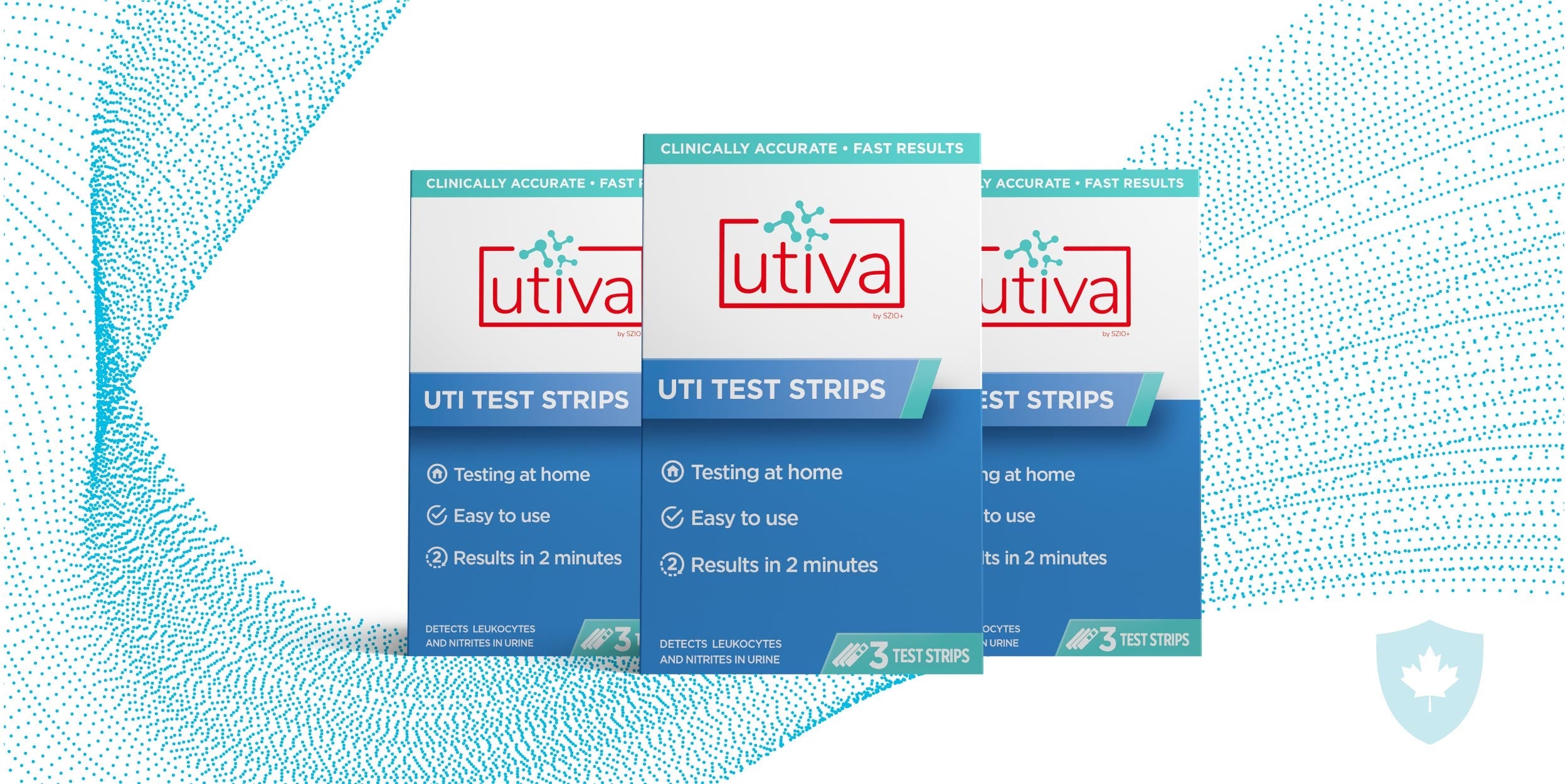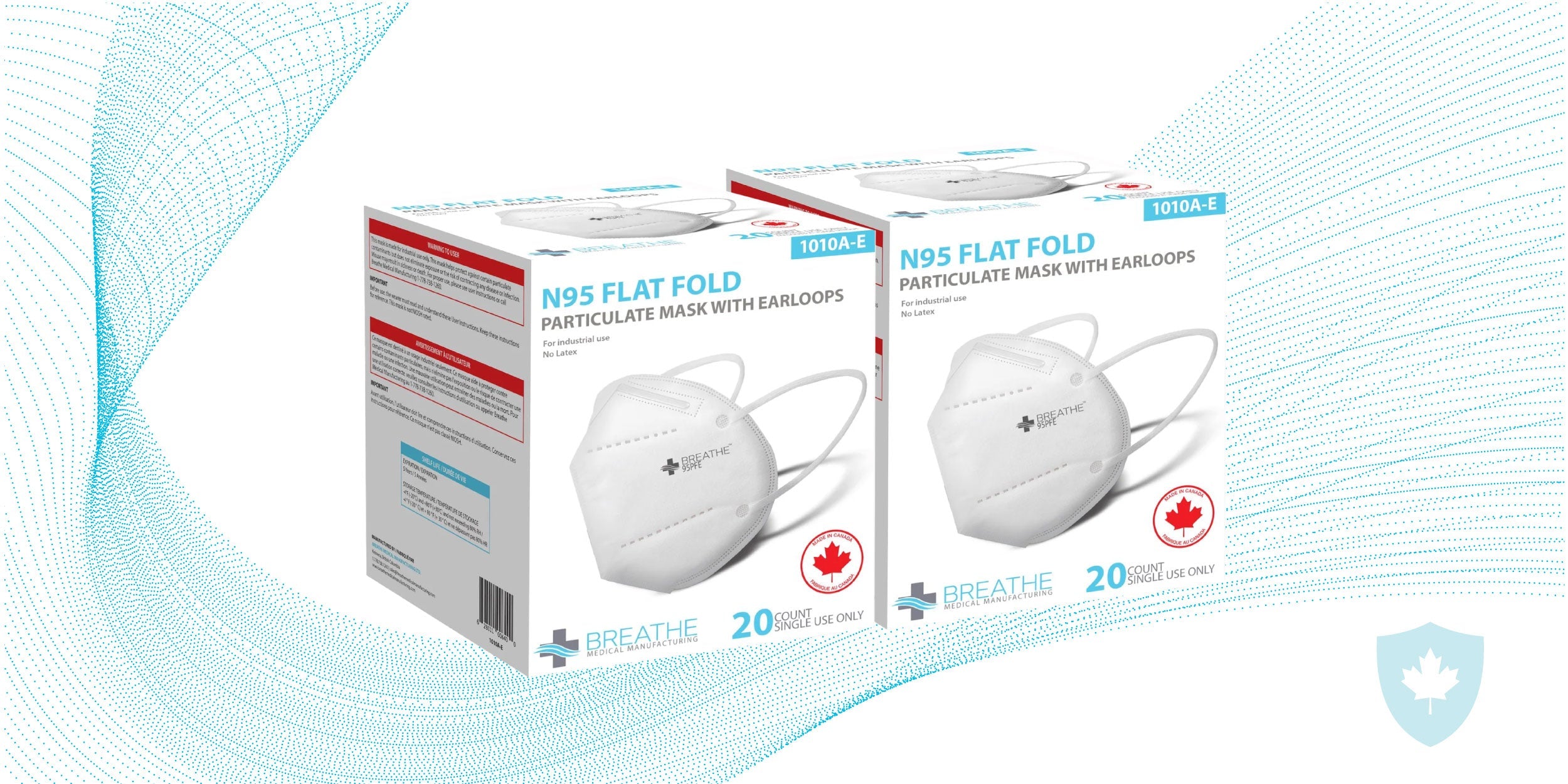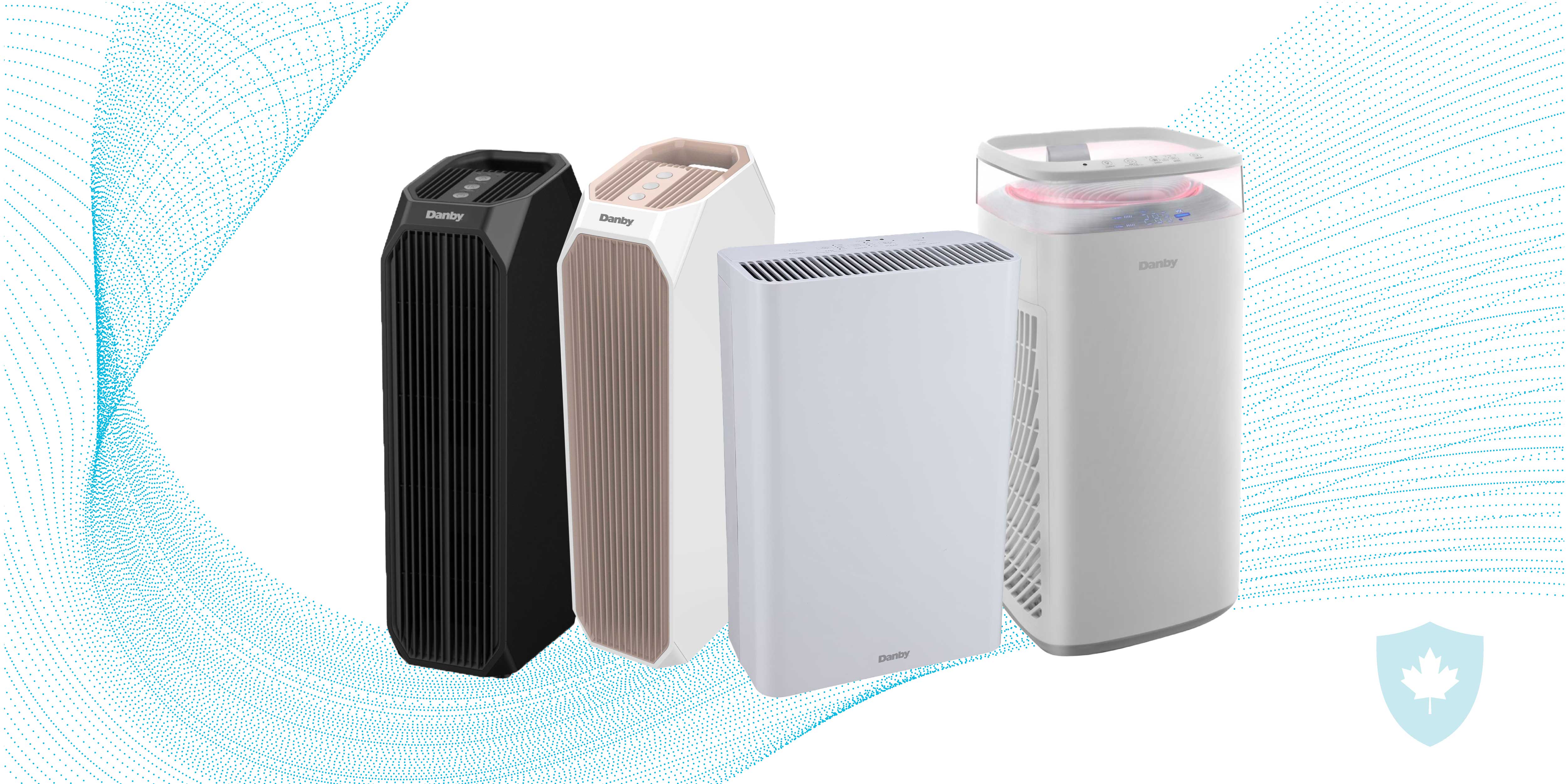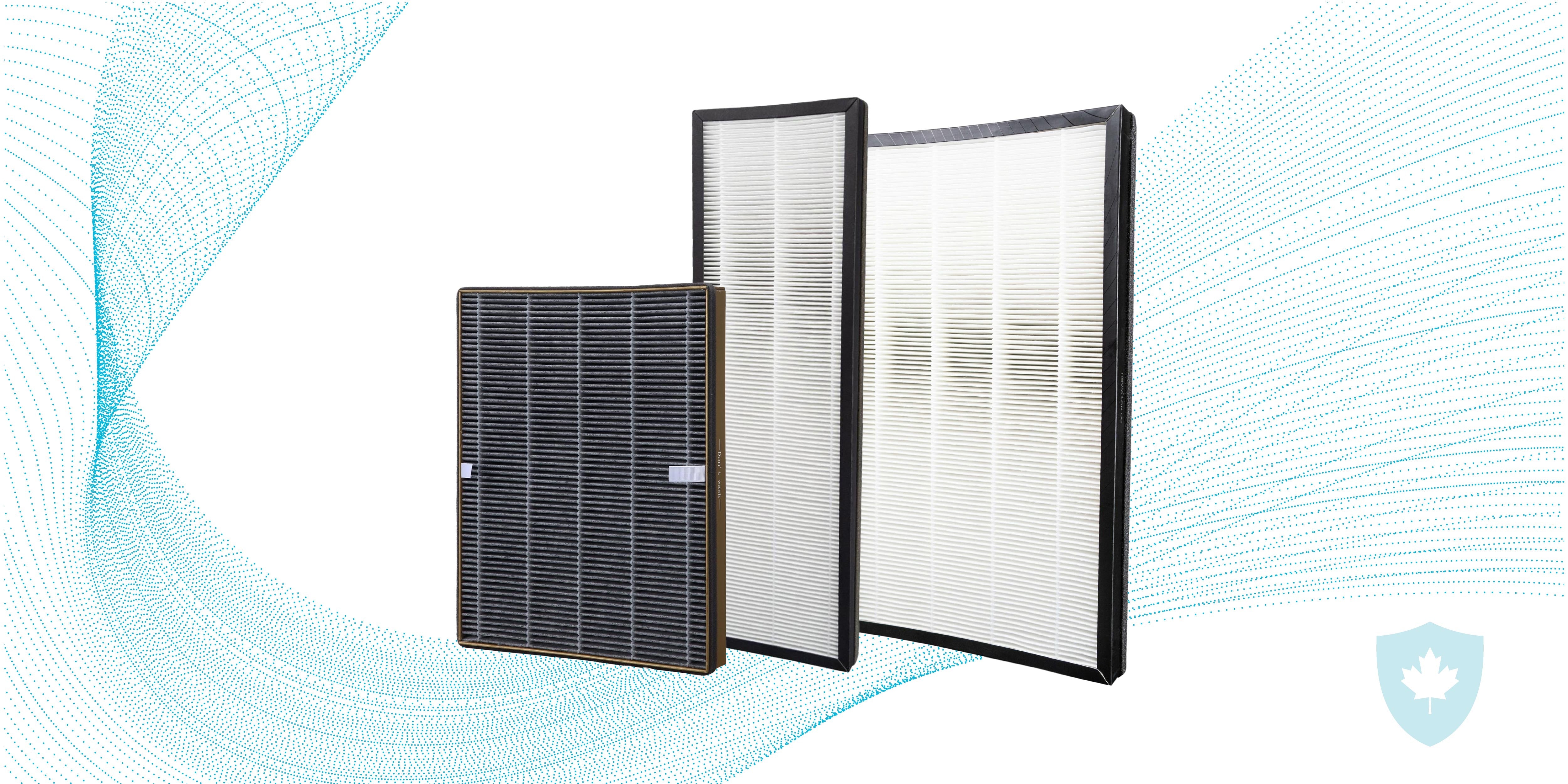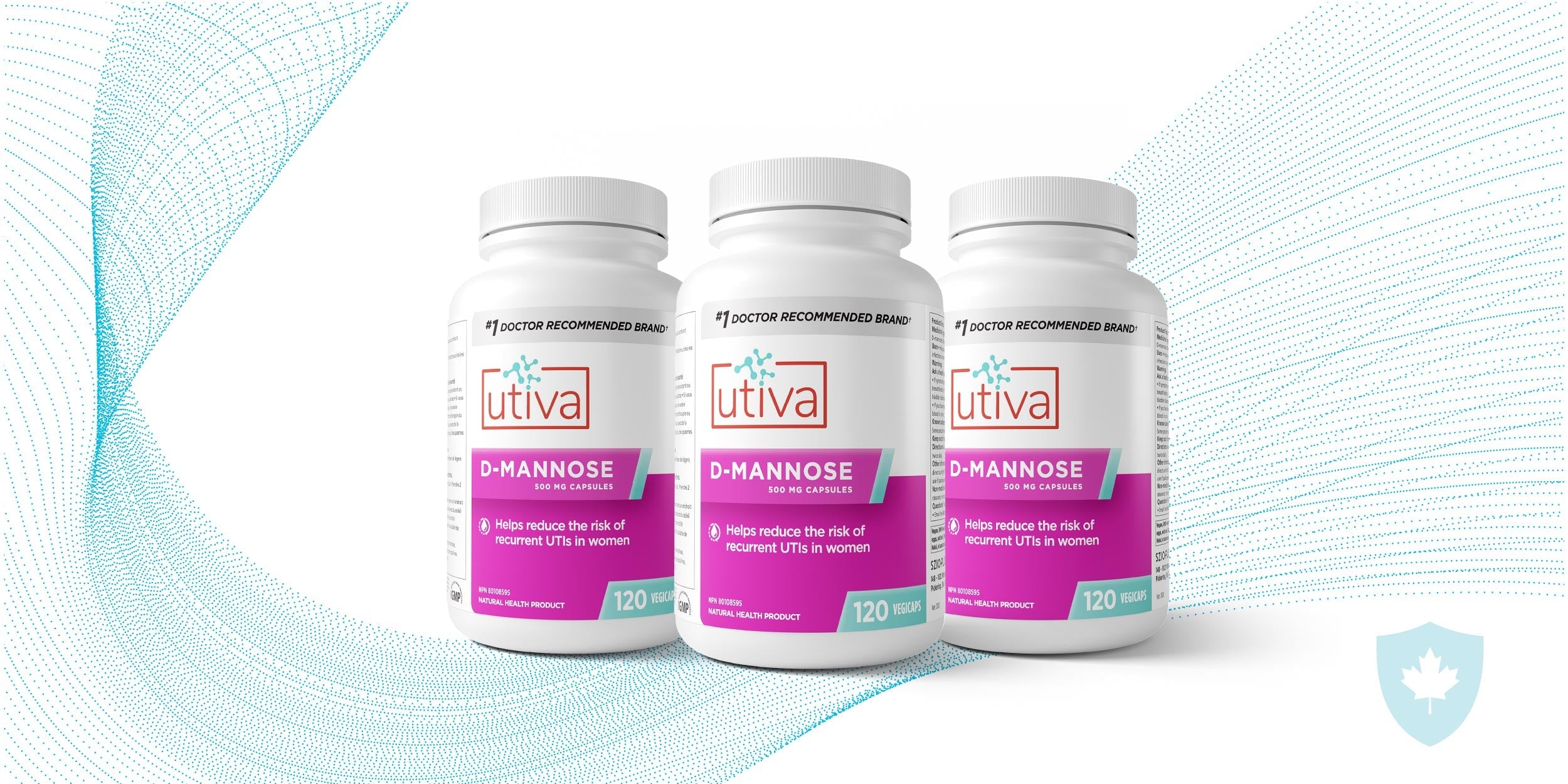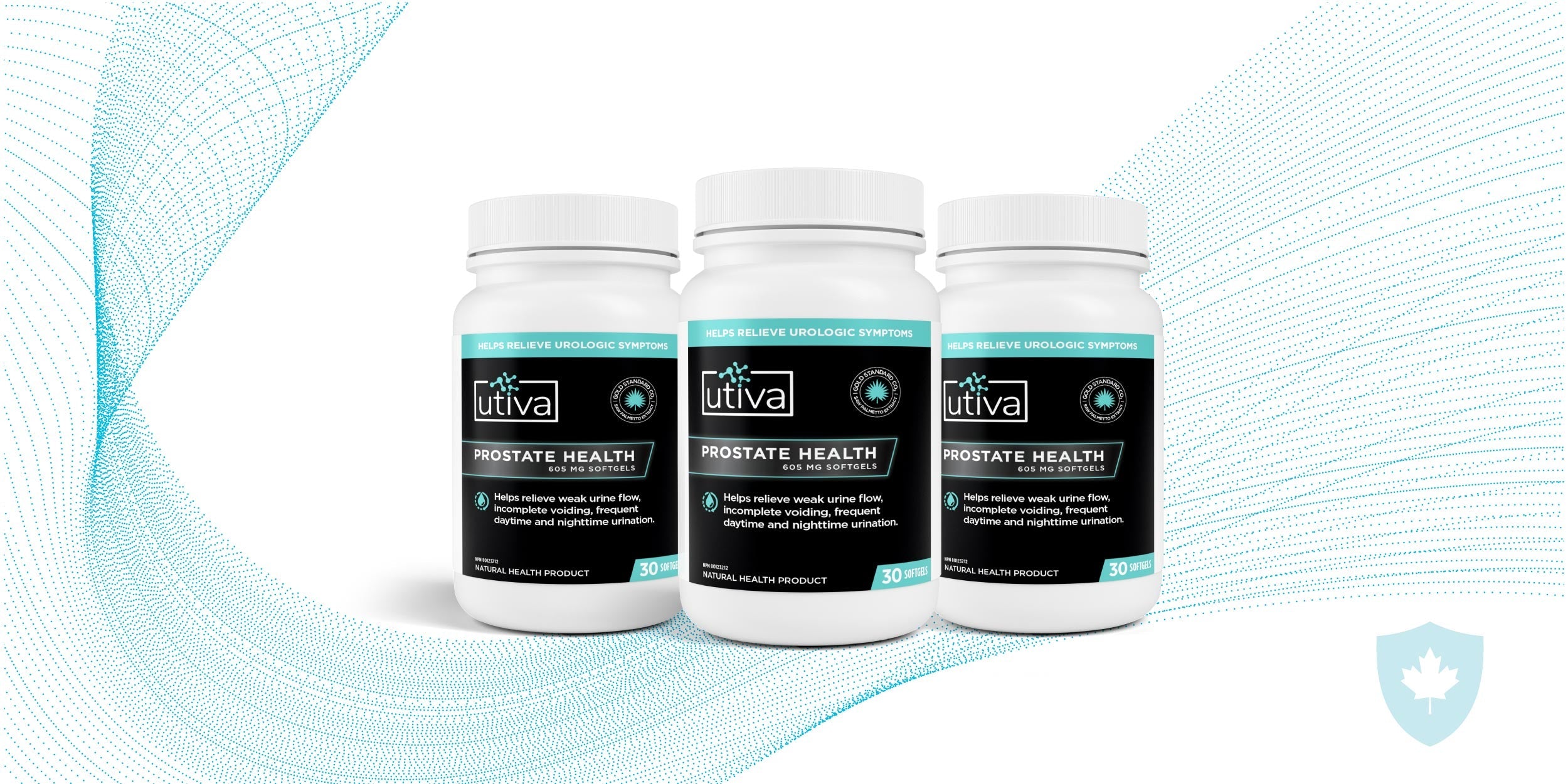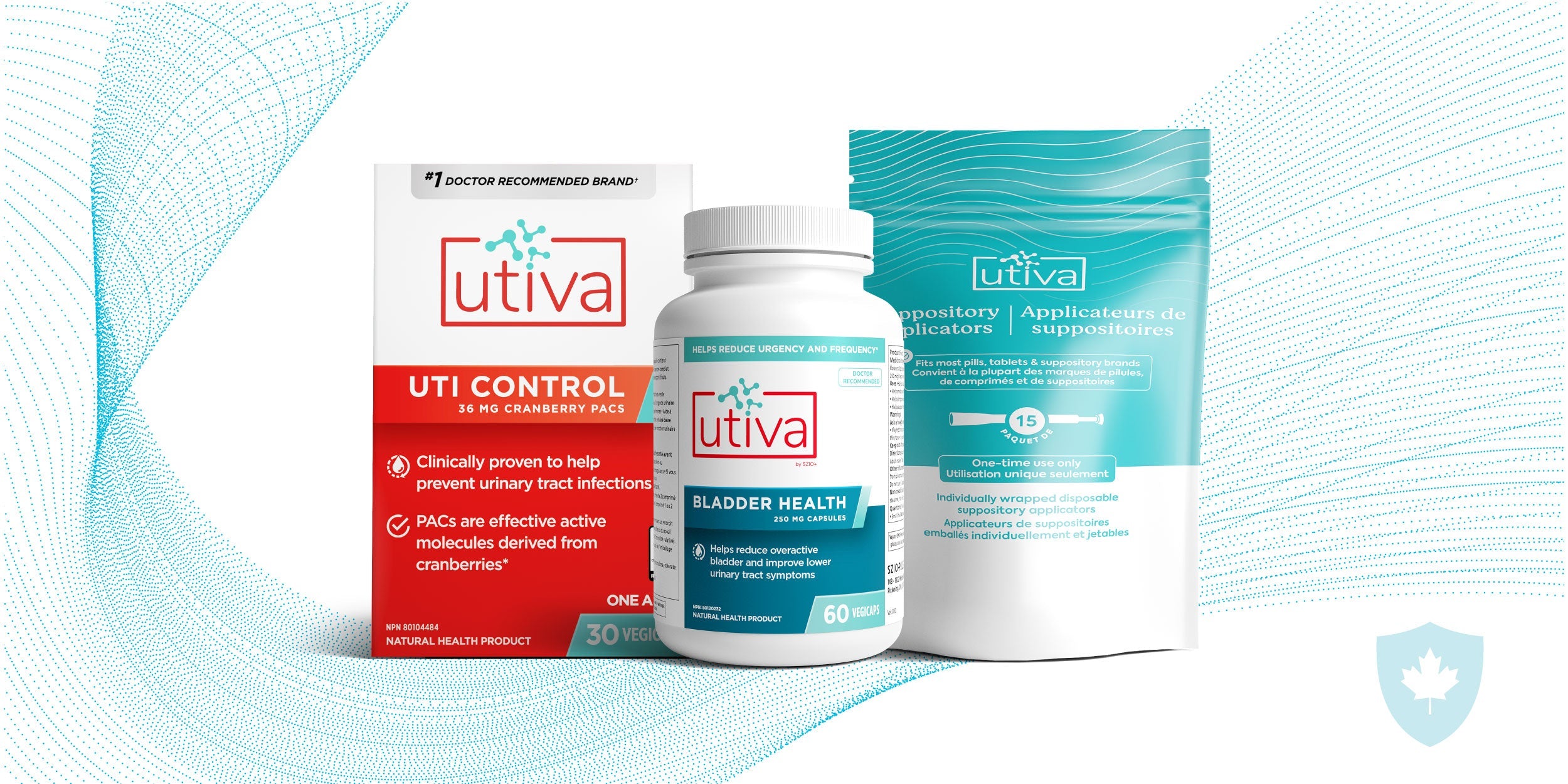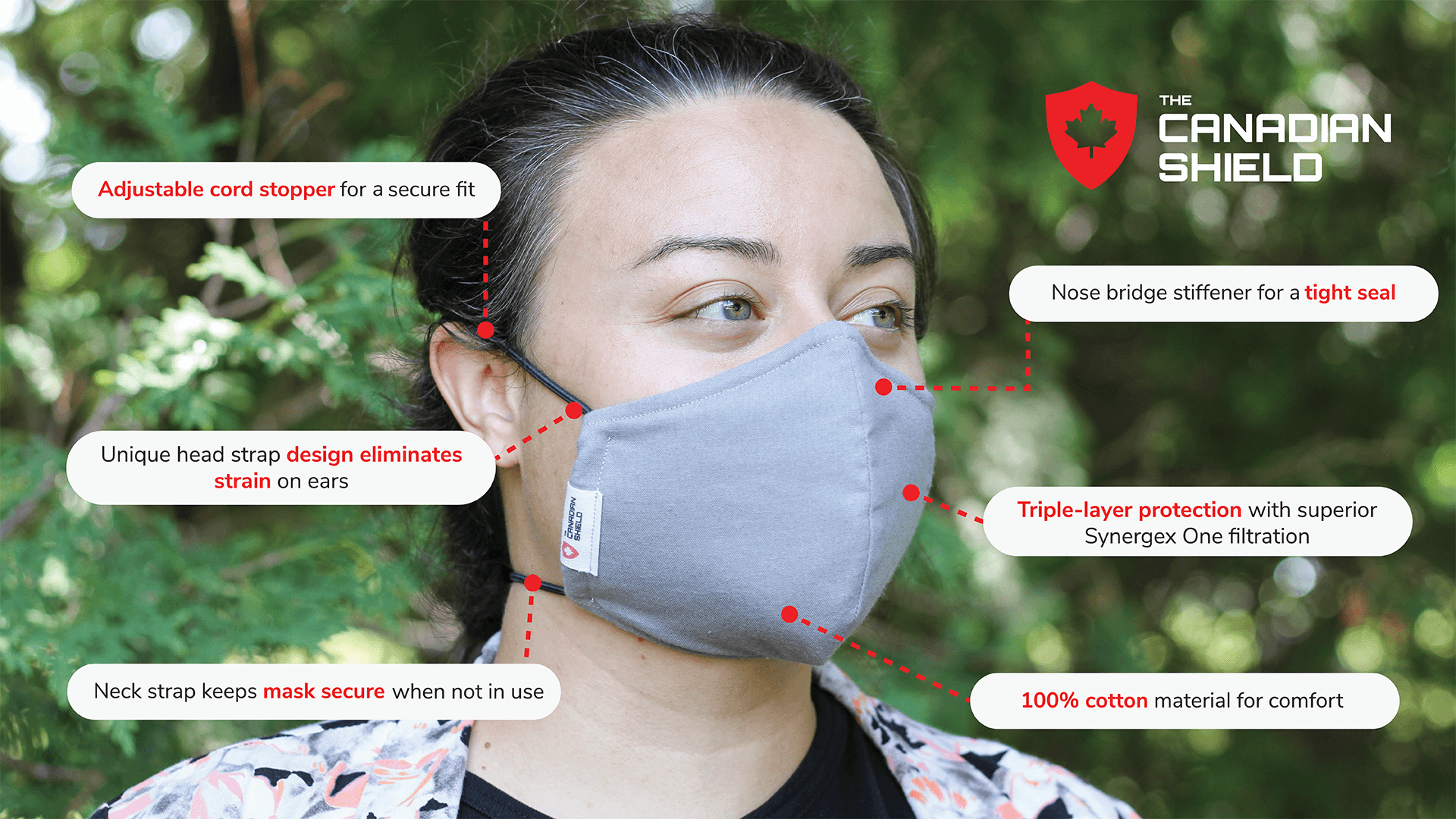What PPE is Right For Me?

The choice of what type of personal protective equipment (PPE) to equip yourself, your family, your employees, or your students with can be overwhelming.
As one of Canada’s largest PPE manufacturers, The Canadian Shield is on a mission to provide access to affordable, high-quality PPE for all Canadians, from consumers to large-scale corporations.
As part of this mission, we’re committed to making the process of selecting PPE as simple as possible. We understand that it is imperative that you are able to choose the right PPE for your context with confidence, while also ensuring that adequate supply of PPE remains available for the frontline workers who need it most.
In this helpful guide, we’ve researched and compiled important information about personal protective equipment including the difference between face coverings available on the market, what type of face covering is suitable for everyday usage as well as best practices to ensure maximum protection from your PPE.
This resource has been created in line with the recommendations for use of personal protective equipment outlined by the Government of Canada. Please note that regulations surrounding the use of personal protective equipment in public may vary by province/territory or municipality.
If there is a discrepancy in the guidelines outlined in this article and those of your municipality, please follow your local public health guidelines.
To find the most recent regulations on the use of non-medical masks in your province or territory, please reference the following sources:
- Alberta
- British Columbia
- Manitoba
- New Brunswick
- Newfoundland and Labrador
- Ontario
- Prince Edward Island
- Quebec
- Saskatchewan
- Northwest Territories
- Nunavut
- Yukon
What is Personal Protective Equipment?
Personal protective equipment (PPE) are items worn to provide a barrier to help prevent exposure to hazardous droplets or infectious disease.
These garments may include (but are not limited to):
- Masks - protect mouth and nose
- Face Shields - protect mouth, nose and eyes
- Goggles - protect eyes
- Gloves - protect hands
- Gowns - protect covered skin and/or clothing
When worn correctly, PPE may decrease the probability of becoming ill from contact with a pathogen. It protects the wearer from exposure while also offering additional protection to those the wearer comes in contact with.
Although recommended to limit the spread of disease, PPE is not a replacement for recommended measures to prevent the community spread of illness, such as physical distancing. PPE is an additional life of defense to slow the spread of infectious disease when combined with everyday preventive actions. The best way to protect yourself, and others, is to:
- Wash your hands regularly (or use alcohol-based sanitizer if soap and water are not available)
- Practice proper cough and sneeze etiquette (for example, sneeze or cough into your sleeve and avoid touching your eyes, nose and mouth)
- Practice physical distancing and maintain 2 metres of distance from those not within your household
- Minimize errands to a single trip when possible
In light of the COVID-19 pandemic, the use of PPE face coverings, including masks and shields, has become increasingly widespread among the general public. The use of respirators, goggles, gloves, gowns and certain face coverings should be reserved for healthcare professionals working on the front-lines.
Face Coverings for Consumer & Corporate Use
When physical distancing and keeping two-metres apart from others may be challenging or is not possible, the use of a non-medical face covering is recommended to reduce the transmission of COVID-19. This may be the case in public settings such as small grocery stores, public transit or when you are receiving essential services.

A simulation presented by Thorax, one of the world’s leading respiratory medicine journals, shows the effectiveness of face coverings in blocking respiratory droplets when speaking, coughing and sneezing.
In a number of Canadian provinces, the use of face coverings is mandated in indoor public spaces and public transit.
It’s important to note that face coverings will not guarantee the wearer protection from getting COVID-19. They are intended to slow the spread of the virus by restricting community transmission.
Face coverings should not be placed on or used by:
- Children under the age of two
- Anyone who has trouble breathing
- Anyone who is unconscious, incapacitated or otherwise unable to remove the mask without assistance
What Are The Different Kinds of Face Coverings?
Cloth Masks
Cloth masks are non-medical masks intended to trap respiratory droplets released when the wearer coughs, talks or sneezes. Cloth face coverings do not guarantee the wearer protection from COVID-19, however, according to the CDC, they are likely to reduce the spread of the virus when used widely by people in public settings.
Cloth face coverings are an affordable face covering alternative that are easy to find, make, and be reused when properly washed between each wear. The Canadian Shield offers a Reusable Cloth Face Mask for both adults and kids.
Face Shields
Face shields are clear, plastic face coverings designed to be worn with additional PPE such as disposable masks, cloth masks or N95s. Unlike traditional face coverings, face shields prevent hazardous droplets from reaching the wearer by providing full coverage of the face, including the nose, eyes and mouth. Beyond this added protection, face shields may also preserve the life of the wearer’s mask by reducing exposure to droplets.
For those who are unable to wear face coverings due to medical reasons, (i.e individuals with difficulty breathing or who are hearing impaired), opting for a face shield is a better alternative than choosing not to wear PPE. However, face covering bylaws vary by province, territory and municipality and face shields may not be considered a suitable alternative to face masks in your region. Please consult your local public bylaws to determine if a face shield is a suitable alternative for a face covering in your area.
For those in a unique situation in which wearing a mask is not possible, or an additional layer of coverage is preferred, The Canadian Shield offers a fully reusable PPE face shield that is 100% Canadian-made.
Disposable Masks
Disposable masks are intended for one-time use only. Unlike cloth masks, they are not intended to be washed and reused. Disposable masks most commonly include procedural, surgical and N95 masks intended for medical environments.Procedural and Surgical Masks
Procedural masks are breathable disposable masks designed for one-time use in medical environments, including patient procedures, isolation or dental practices. Procedural masks are traditionally characterized by an ear loop attachment and a coloured outer layer. They are used to protect both patients and staff from the transfer of respiratory droplets by coughing, sneezing or talking.Surgical masks are loose-fitting disposable masks designed for one-time use in medical environments. Intended for operating rooms, surgical masks are characterized by surgical ties and closeness of fit. They are designed to protect the clinician from contaminated fluid or debris generated during procedures.
Procedural and Surgical masks are often labelled by their ASTM rating, a certification that measures the performance of the masks against technical standards laid out by the American Society for Testing and Materials. ASTM Level 1, 2 and 3 masks are traditionally used in medical environments due to their superior abilities to protect against airborne fluids. To equip Canadians on the frontlines and in other high fluid-risk environments, The Canadian Shield offers a full line of Canadian-made procedural masks, including Unrated Masks, ASTM Level 1, ASTM Level 2 and ASTM Level 3.
While ASTM rated masks are ideal for high fluid-risk environments, ‘unrated’ disposable masks are becoming increasingly popular for consumer use. ASTM rated masks have undergone testing standards required for medical environments, however, this level of testing is not required in order for the mask to be effective and safe for everyday use. This means that unrated masks are an affordable, suitable face covering alternative for the general public.
N95S
N95 masks are tight-fitting respirators that filter out at least 95% of particles in the air. They reduce the wearer’s exposure by filtering out both large and small particles when the wearer inhales. The Centers For Disease Control and Prevention does not recommend that the general public wear N95 respirators to ensure that critical supplies are reserved for health care workers and other medical first responders.
What Kind of Face Mask Should I Wear?
The best mask or face covering should cover your nose, mouth and chin, without gaps.
Medical masks (surgical, medical procedural face masks and respirators like N95 masks) should be reserved for use by health care workers, first responders and other members of the medical community, including allied health care workers.
For general, everyday wear and most corporate or retail environments, The Canadian Shield recommends the use of a reusable cloth mask or an unrated disposable mask for reliable coverage.
Your choice of face mask should fit securely to the head with ties, ear loops or straps. As per the recommendations of the Government of Canada, The mask should be made of at least two layers of tightly woven material such as cotton or linen to limit transmission of droplets. Your mask should be large enough to provide full coverage of your nose and mouth without gaping, and if reusable, maintain its shape after washing or drying.
Option 1: Cloth Masks
A reusable cloth mask is a great option for those looking to purchase a face covering that can be washed and reused after each wear. Studies show that fabrics such as natural silk, chiffon, flannel or satin may offer some protection from particles, but multiple layers of cotton cloth perform better in preventing the transmission of COVID-19. Cotton face masks with higher thread counts are believed to be more effective in filtering out microorganisms than other materials.
It’s important to choose a mask that offers a snug, secure fit without sacrificing on breathability. Not only will this limit the spread of infectious respiratory droplets, but it will also prevent the wearer from readjusting their mask, so the effectiveness of the mask is not compromised.
The Canadian Shield’s Reusable Cloth Face Mask is a breathable, washable, non-medical face mask with superior filtration technology. With two layers of 100% cotton and an inner layer of non-woven composite by Synergex One for filtration, our cloth masks are reliable, comfortable and safe. Synergex One is a North American material made from non-woven composite, with a BFE of >85% and a PFE of >90% at 3 microns. It is undergoing continuous testing to be rated at >95% BFE.
To learn more about our Reusable Cloth Face Mask for adults and kids, click here.
The treatment of your cloth mask is just as important as your choice of cloth mask. When caring for your mask, it is recommended that you:
- Wash your mask before first use and after each wear
- Hand or machine-wash your mask with detergent or soap
- Note: the temperature used will vary depending on mask purchased and material used
- Tumble dry on low or hang mask to dry
- Ensure the mask is completely dry before storing and store in a clean bag or container between uses
- Do not touch the mask while wearing it
- Avoid touching the front of your mask when removing
- When removing, place the outer layer of your mask on a clean surface
- Wash your hands for at least 30 seconds with warm water and soap after removing the mask
Recommendations for the safest use of your mask may vary. Please reference the guidelines outlined by the seller.
Option 2: Disposable Masks
Although ASTM rated procedural masks are traditionally used in high risk environments, unrated disposable masks are a great face covering alternative for daily use when purchased from a trusted source.
The Canadian Shield is on a mission to bring PPE manufacturing back to Canada - and as part of this commitment, we have launched a full line of Disposable Masks, including Unrated 3-Ply Disposable Masks for everyday usage as well as ASTM Level 1, Level 2 and Level 3 masks for those who require additional protection.
Our Unrated 3-Ply Disposable Mask is designed with safety and breathability in mind. Each mask features a moisture-absorbent inner layer, a moisture-repellent outer layer and pleated polypropylene for full coverage of the nose and mouth. Added nose stiffeners ensure an adjustable form-fit for safe wear and comfort.
For safe usage and removal of your disposable mask, it is recommended that you:
- Determine which side of the mask is the top for proper wear - the side of the mask that has a stiff, bendable edge is is the top and is meant to mold to the shape of your nose
-
Determine which side of the mask is the front - the coloured side is typically the outer layer and should face away, while the white side touches your face
Do not touch the mask while wearing it - Avoid touching the front of your mask when removing
- When removing, place the outer layer of your mask on a clean surface
- Wash your hands for at least 30 seconds with warm water and soap after removing the mask
- Throw it out in a lined garbage bin
Best Practices: The Do’s and Dont’s of PPE
To best protect yourself, your family members, your employees or your customers, please reference the following guidelines on how to use your PPE in non-medical settings:
Do:
- Wash your hands immediately with soap and water (or 70% alcohol hand sanitizer when soap and water are not available) before putting on and immediately after taking off a face covering or face mask
- Practice good hand hygiene while you are wearing the face covering
- Ensure the face covering fits well around your nose and mouth, with as minimal gaps as possible
- Avoid moving the mask around or adjusting it often
- Avoid touching the covering while using it
- Change the face covering or face mask when it gets slightly wet or dirty
Do not:
- Share face coverings or face masks with others
- Place on children under the age of two years or on anyone unable to remove without assistance or who has trouble breathing
- Put the mask over your chin, as any viral participles on your skin may come in contact with your mouth when placing the mask back on
- Use PPE that is damaged or visibly soiled
- Use plastic or other non-breathable materials as a face covering or face mask
- Reuse PPE that is designed to be disposed of after first use
- Do not leave any discarded face coverings in shopping carts or on the ground
PPE in Healthcare Environments
Recommendations surrounding the use of PPE in healthcare or medical environments differ from the recommendations outlined for the use of PPE in public settings. In most medical environments, ASTM rated disposable masks are required.
Additional PPE requirements may vary depending on the type of health care work that is performed. In these environments, additional PPE beyond face coverings is often required, such as goggles, gowns or gloves.
To learn more about Public Health Ontario’s recommendations for the use of PPE in health care facilities, click here.
Sources:
Government of Canada: COVID-19 Personal Protective Equipment
Ontario Health: Personal Protective Equipment (PPE) Use During the COVID-19 Pandemic
Public Health Ontario: PPE Recommendations in Healthcare Facilities
Ontario: Face Coverings and Face Masks
CDC: How to Select, Wear and Clean Your Mask
CDC: Personal Protective Equipment: Questions & Answers
CDC: Considerations for Wearing Masks
CDC: Respirators
Mayo Clinic: COVID-19: How Much Protection Do Face Masks Offer?



